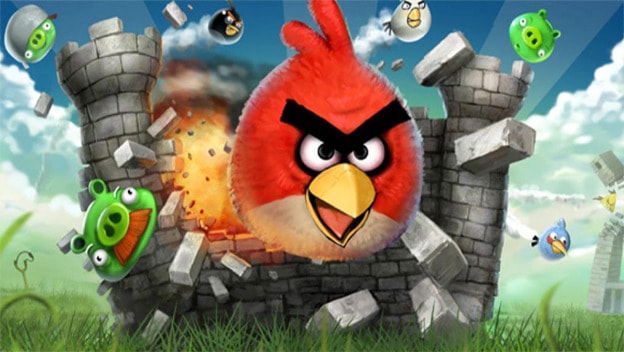Odds are, if you’ve touched a smartphone in the past couple years, have an active Facebook account, or spend any amount of time browsing the Chrome app store, you’ve played a casual game or three. Bite-sized experiences, generally demanding only intuitive user inputs or a basic sense of logic or strategy, casual games are designed to be playable for minutes at a time, but also conducive to a longer-term gamer investment.
Some of the tricks by which they manage this aren’t really tricks so much as design philosophy. A lot of casual games are free, such as Temple Run and its sequel or Jetpack Joyride, while most others don’t carry a huge upfront expense. They typically allow the player to put in money to enhance their experience in various ways, or in the case of many a Facebook title, reduce the amount of time one must invest to reenter their positive feedback loop. Some, such as Farmville, are even less scrupulous and use player investment as a sort of “make stuff happen now” button, significantly speeding progress.
Thankfully, the trend seems to be turning away from titles that use currency as a gameplay mechanic, focused on the enhancement side of the equation. This is particularly important since casual gaming and “traditional” gaming are experiencing a sort of bleed, the elements of each working their way into the other.
In the case of casual games, this is apparent from their increased focus on having actual gameplay. Click-and-wait games such as Farmville, as well as titles like Mafia Wars that limit the amount one can do per period with a resource that must be expended simply to play, are becoming a relic of the past. Even the most basic phone games seem more about interaction than before, even if those actual interactions remain simple swipes and taps.
That said, casual games largely remain about abstraction and repetition. Since they aren’t really about tremendous chunks of time investment, but smaller such investments that, in some cases, contribute to a larger form of progress over time, the gameplay itself isn’t going to be tremendously involved and lends itself to random generation. Temple Run never ends; it just increases in speed and introduces more dangerous traps with each twist and turn of the path. Jetpack Joyride mixes this with randomized achievements, which can result in tremendous influxes of currency for use in the game’s shop (in turn allowing for increased visual variety and an enhanced gameplay experience).
Traditional, or “hardcore,” games have occasionally involved procedural content, but titles like The Binding of Isaac. There, the game itself takes maybe an hour to play through, but each completion nets new additions to the experience. Deeper levels unlock, new characters become playable, and even the story is unveiled in greater detail. In a way, it reminds me of Breath of Fire: Dragon Quarter. Death in that game resulted in the choice of either returning to the most recent save point or starting over with increased statistics. Starting over after building up one’s characters would also trigger new sequences that wouldn’t otherwise be available.

Corpse Party: Book of Shadows involves this, too. A visual novel combined with an adventure game, it separates the game into chapters that take a little over an hour to complete correctly, but also feature many incorrect endings. These bad endings are necessary to open up the game’s hidden chapter. Among even this variety, the fifth chapter is unique: until one has played it once to its true ending, certain scenes in it are unavailable.
The casual gaming bleed goes deeper than just that, though. For a long time, the complaint has been that games today are getting “easier,” but, partly because they’re more interconnected (due to always-on online components and attachments to social networks), the purpose of single-player gameplay itself has shifted. This shift is also due to an increasing respect for games as a storytelling and artistic medium, but today’s games are more about “experiences” than those of the past.
When you have an “experience,” though, challenging gameplay mechanics can actually provide a barrier to entry. If the player doesn’t have to “work” for their reward at all, though, there’s no reason for the experience to be a game, and there isn’t likely to be any interest among the broader player base. Casual games have been experimenting for years now with elements of a nearly bygone era. They’re puzzle games, light strategy titles, endless platformers, abstracted to make them “bite-sized.”
These same elements and gameplay styles have penetrated and melded with more “hardcore” gameplay formats: Sanctum blends tower defense with first-person shooting while Anomaly: Warzone Earth inverts that same paradigm and threads in an invasion storyline. This mixing is most prevalent in the independent gaming scene , but that indie scene has also become a testbed for new ideas that traditional developers can’t risk their money exploring. In this way, elements of casual games are beginning to trickle into the independent scene, then bleeding up into the mainstream.
If anything, it shows that both types of games have a place, casual and “traditional,” and that there is also a ton they can learn from each other. In this year, I expect to start seeing bigger titles that are clearly drawing their inspiration from last year’s successful casual games.
 | By Shelby Reiches Lead Contributor Date: February 6, 2013 |
